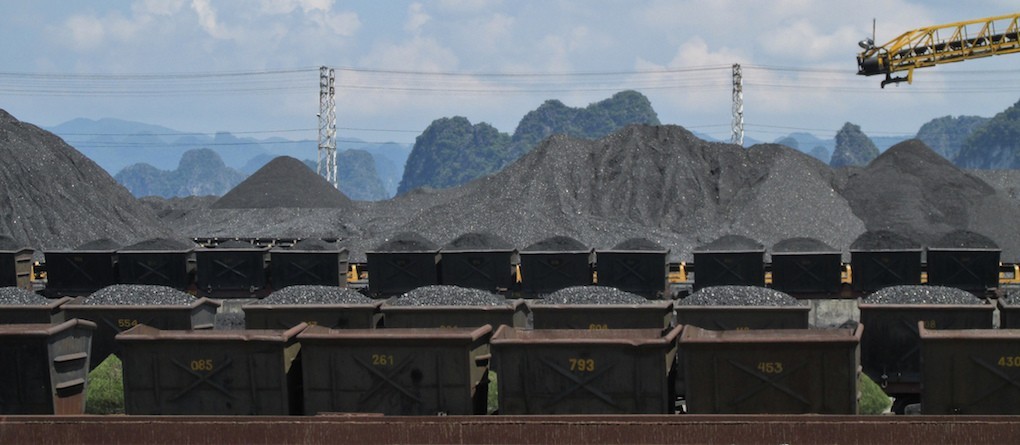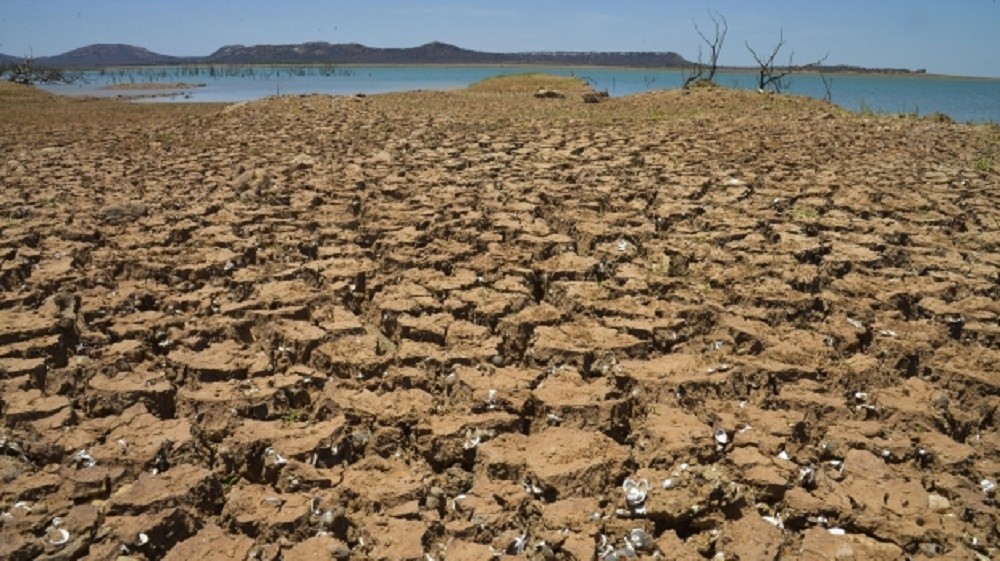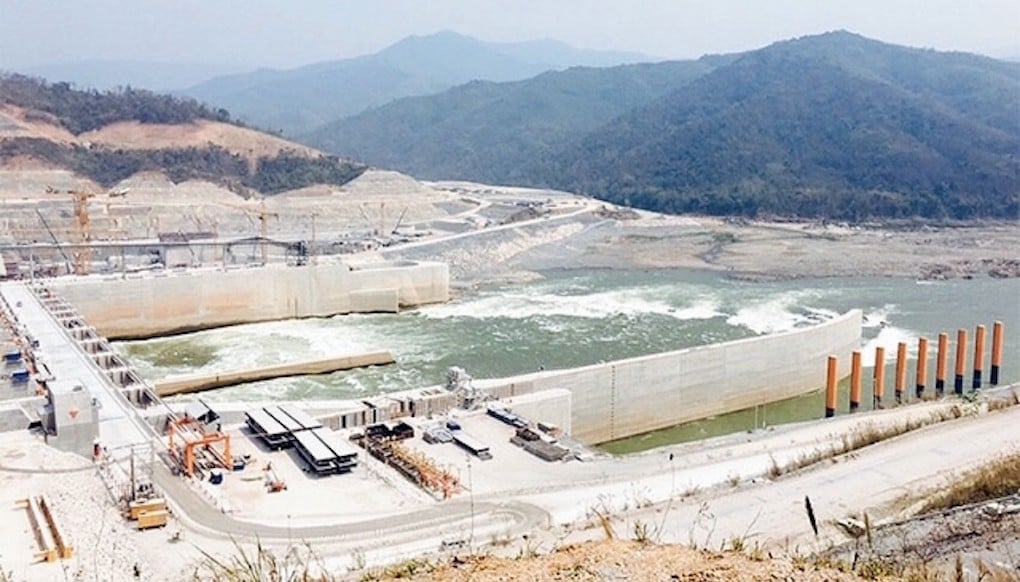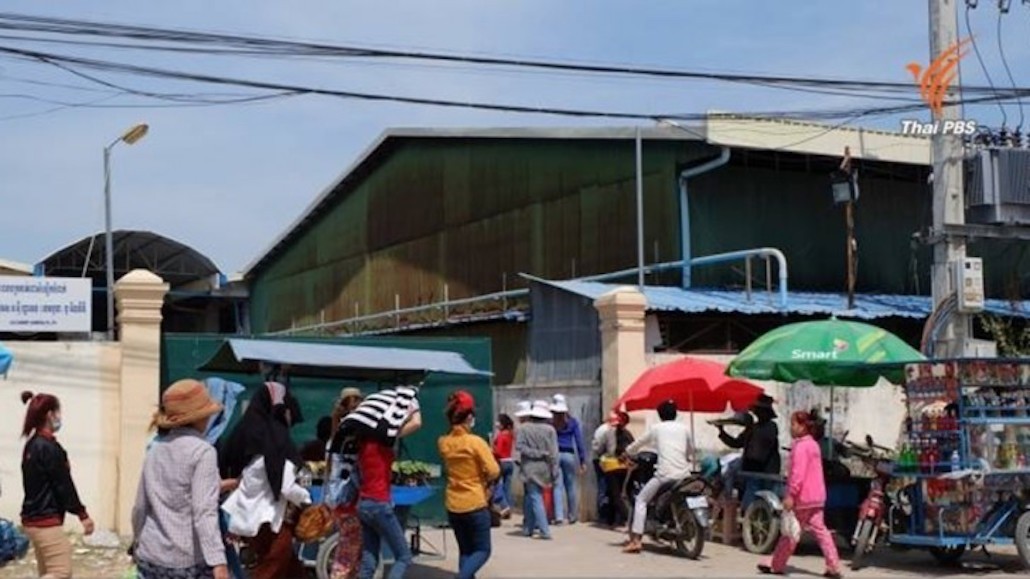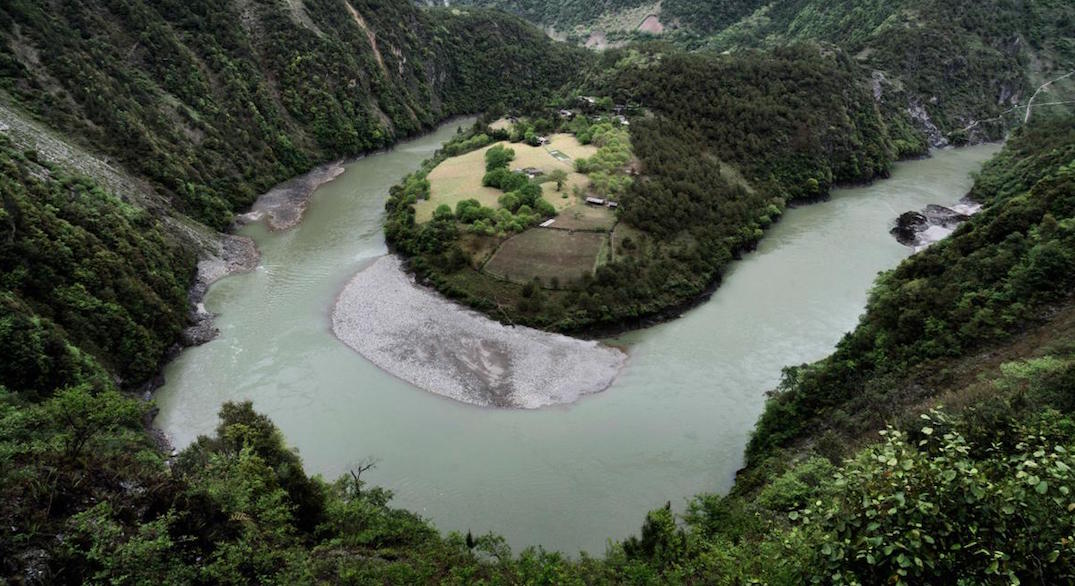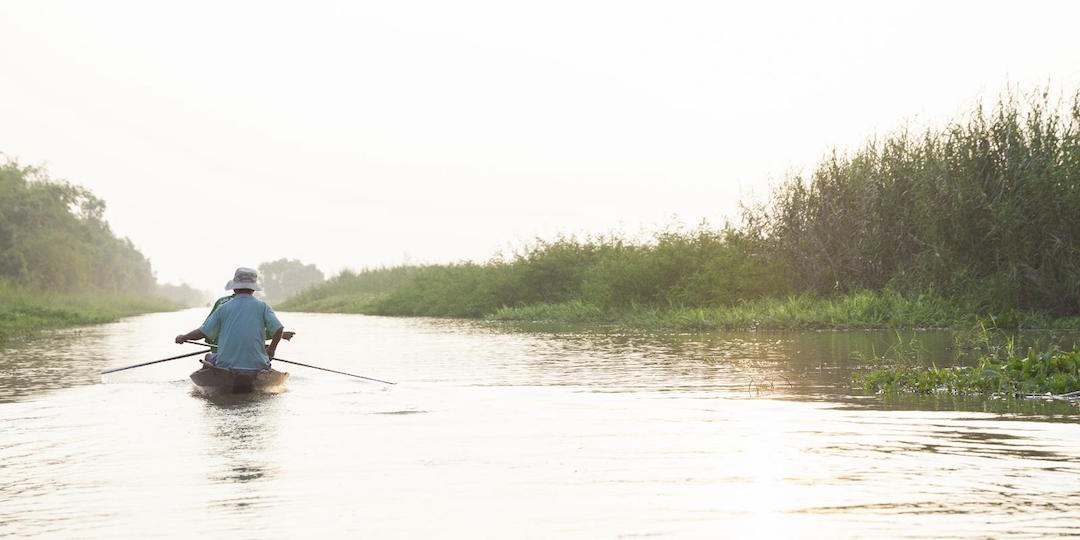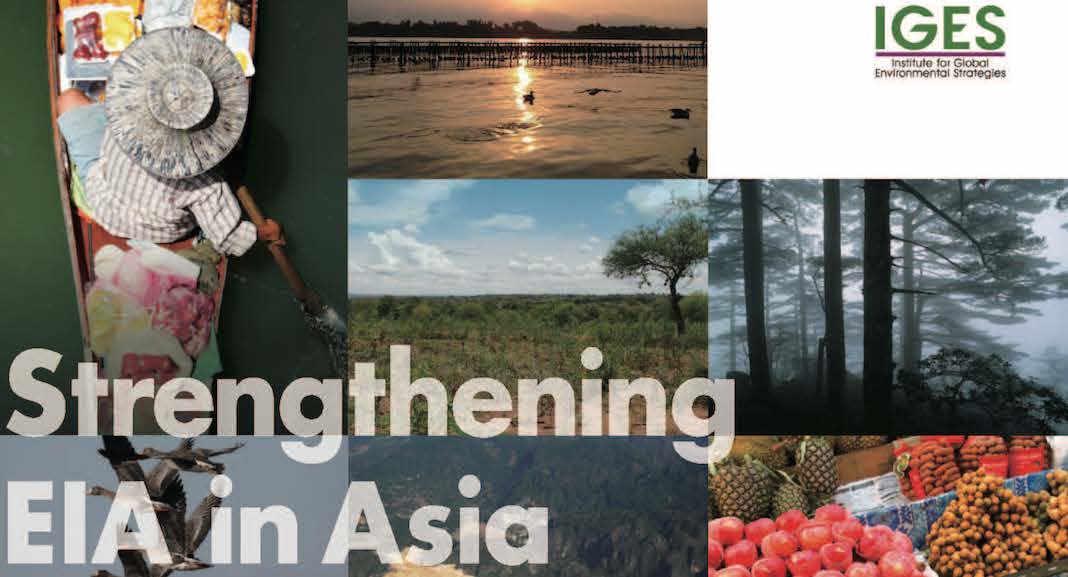Vietnam Scientists are concerned that coal power plants would still provide 50 percent of the nation’s total electricity output in the future.
All Stories
Drought: Hydropower’s Achilles Heel
Drought: The news has been full of it.
Fish are disappearing from markets from Zimbabwe to Vietnam because of it. Kenyan barristas are making “camelcinos” because drought has made cow milk scarce. And in India, men from some villages are even finding it hard to get wives because the water shortage makes them look like a bad bet.
Across Asia, Africa and Latin America, the rains are not falling – they’re failing.
But drought is no longer just a concern for farmers; it’s increasingly becoming a major humanitarian and political issue, particularly in hydropower-dependent countries.
Scientists recommend fewer coal power plants
Vietnamese state agencies have been insisting on the necessity of continued development of coal power plants, affirming that this is the best solution for Vietnam as coal power is cheaper than wind and nuclear power.
However, scientists have argued that coal power is not as cheap as thought, saying that the price Vietnam has to pay for coal power would be very high if counting all the expenses related to social and environment problems.
Burma: Jade mining companies forced to suspend operations after arson attacks
TWO jade mining firms in the township of Hpakant in the Kachin State, Burma (Myanmar), have been forced to stop operations after being hit by numerous hand-made bombs in suspected arson attacks, following similar attacks a week before.
The Yadanar Moe Myay Co. Ltd. and Lin Htet Aung Co. Ltd. companies were both operating in Hmaw Si Sar village, according to The Irrawaddy newspaper.
Village administrator Lama Tu Ja told the newspaper that about eight people entered the mining compound around 8pm on Sunday. After telling people present to stand aside, they began to light and throw “hand-made bombs wrapped in tape”.
CK gets B19bn environmental contract for Xayaburi dam
SET-listed Thai construction firm Ch. Karnchang Plc (CK) has secured an additional 19-billion-baht construction contract to optimise the environmental performance of the Xayaburi hydroelectric power plant in Laos.
Company president Supamas Trivisvavet said the additional construction aimed to fulfill requests by the Mekong River Commission to create an earthquake-resistant structure, navigation log, fish passageway and sediment flushing system.
Harnessing Sesan River: Cambodia and its goal for electricity self-sufficiency
For the past ten years, Cambodia’s economy has been growing by an average of 7 percent and the government has set the sight to upgrade the country to the status of middle-income country in 2030 by promoting investments especially garment industry and service sector. And this has spurred the increasing need of electricity.
According to the Electricity Authority of Cambodia, Cambodia bought 40-50 percent of its energy need from neighbouring countries. The Southeast Asia Energy Outlookj 2015 report which was undertaken by the International Energy Agency predicted that energy need of the region would increase to three times of the current need in year 2040 and coal was designated by IEA as the main source of fuel for electricity generating.
China May Shelve Plans to Build Dams on Its Last Wild River
On a roadside next to the Nu River, Xiong Xiangnan is trying to sell fish to tourists. He doesn’t look like a traditional fisherman. Xiong sports a pompadour and wears a brown jacket, jeans, and white Crocs, with a money purse slung across one shoulder. As several of his friends stand around smoking, Xiong makes his pitch.
The fish were very hard to catch, he says. The nets must be set at night and checked early in the morning. That’s why he’s charging 240 yuan—about $37—for the biggest trophy in his buckets.
Behind Xiong, the Nu River flows freely, bumbling with rapids, swirling with eddies. Some of this water has spilled down from glaciers on the Tibetan plateau, filling a channel that snakes 1,700 miles (2,736 kilometers) through China, then Myanmar and Thailand, before spilling into the Andaman Sea.
Livelihoods in jeopardy as Vietnam’s Mekong Delta struggles with sediment loss
Duong Cong To checks the water of the Hau River next to his house and he is not happy at all.
“It’s too clean,” he says.
The 72-year-old has spent all his life by the river, one of two tributaries of the Mekong and the main source of alluvium for fish farms and plantations in southern Vietnam.
Over the past years he has noticed a significant change in the river: it keeps changing its color from a reddish brown to an ocean-like blue.
“The water should look red. Now it’s crystal clear like there’s nothing in there.”
Strengthening EIA In Asia
This report was prepared for the Asia EIA Conference 2016 organised on 10 May by the Ministry of the Environment, Japan (MOEJ). The conference was held under the theme of enhancing EIA as a sustainable development planning tool in Asia in collaboration with the Asian Development Bank (ADB) and in cooperation with the US Environmental Protection Agency (USEPA).
The report is based on a study conducted in seven Asian countries, namely Cambodia, Indonesia, Korea, Lao PDR, Myanmar, Thailand and Viet Nam, on their national EIA systems and their implementation, between September 2014 and February 2016. The report aims to summarise and analyse challenges, opportunities and good practices on EIA in these countries to propose possible ways forward as well as potential mutual learning points for strengthening EIA implementation and thus advancing towards a sustainable society. Findings are presented in four segments: (i) quality of EIA (screening and scoping, impact assessment and environmental management and monitoring plan (EMMP), and review and approval of EIA); (ii) information disclosure and public participation; (iii) EMMP implementation; and (iv) Strategic Environmental Assessment (SEA) and upstream EIA.
China-led AIIB Looks Toward Co-Financing Projects, At Least Initially
Early last year, when the United States’ Western European allies began eagerly signing up for China’s nascent Asian Infrastructure Investment Bank (AIIB) as founding members, it seemed as if Washington was confident that the AIIB would emerge as a poorly governed tool of Chinese geoeconomic statecraft, beholden to lower standards than the World Bank and the Asian Development Bank (ADB), the highly experienced international development banks. At the core of these concerns was a perception that the AIIB would be supplementary instead of complementary to existing development banks–both in terms of its governance and the projects it selected.
A year and a few weeks ago, the AIIB’s 57 founding members finalized its charter; in the final days of 2015, the members ratified the bank’s Articles of Agreement. Finally, early in the new year, the AIIB opened its doors for business. Now, just over three months into its operations, the AIIB has decided on its first projects. As I’d briefly discussed in April, the AIIB’s first projects have demonstrated that concerns a year ago in Washington and Tokyo may have been overstated. For now, the bank appears to be pursuing a modest and complementary approach in selecting its projects.


